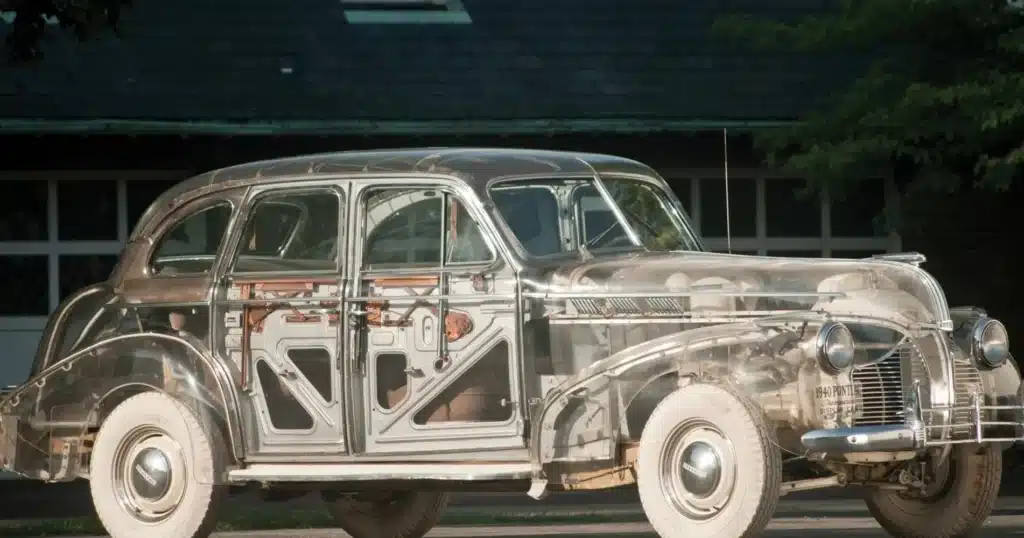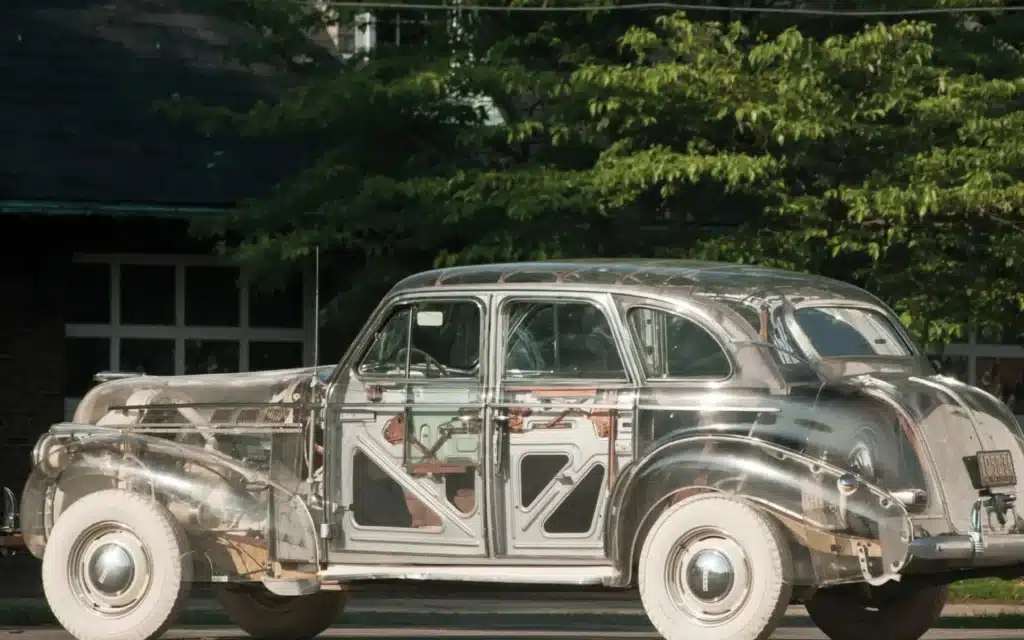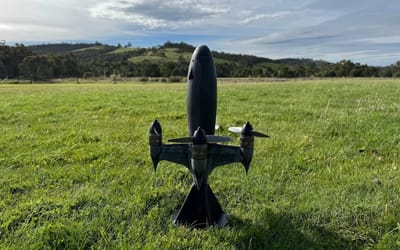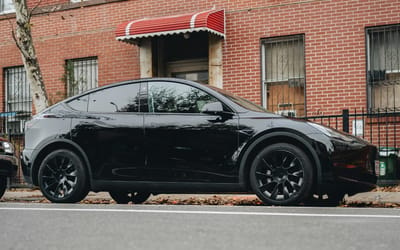Pontiac built the world's first transparent car in 1939 and it still looks awesome
Published on Aug 16, 2025 at 7:27 AM (UTC+4)
by Callum Tokody
Last updated on Aug 13, 2025 at 8:19 PM (UTC+4)
Edited by
Emma Matthews
The Pontiac Ghost Car stunned visitors at the 1939 World’s Fair as the first working transparent car ever built in the United States.
Using clear Plexiglass panels instead of steel, it exposed the frame, engine, and every internal component.
The design was based on the Pontiac De Luxe Six four-door Touring Sedan and retained all the features of a road-ready vehicle.
Eighty years later, the transparent car is still regarded as one of the most remarkable and unusual displays in automotive history.
VISIT SBX CARS – View live supercar auctions powered by Supercar Blondie
How the Transparent Car Came to Life
General Motors produced the Pontiac Ghost Car in collaboration with chemical manufacturer Rohm and Haas, which had recently introduced Plexiglass to the market.
The transparent panels were shaped to match the original body and were mounted over a copper-finished frame.
Chrome hardware and white tires helped highlight the details and added contrast to the display.
The transparent car was built specifically for the ‘Highways and Horizons’ pavilion at the 1939 World’s Fair in New York.

Visitors could see inside the Pontiac Ghost Car without lifting the hood or opening a door.
The clear panels revealed how the structural bracing connected to the body, how the windows operated, and how the car’s mechanical systems were arranged.
For many, it was the first time seeing a complete working vehicle in such detail.
A second Pontiac Ghost Car was completed for the 1940 Golden Gate International Exposition in San Francisco.
After the fairs, both transparent cars toured Pontiac dealerships across the country as educational displays.
The first car was later housed at the Smithsonian Institution during World War II and eventually sold at auction in 2011 for $308,000.
Why the Pontiac Ghost Car Still Matters
The transparent car proved that Plexiglass could be used in ways far beyond its early industrial applications.
It allowed the public to understand automotive engineering without technical drawings or disassembled models.
The Pontiac Ghost Car provided a visual guide to how cars were built, showing both form and function in a single exhibit.

More than eight decades after its debut at the 1939 World’s Fair, the transparent car remains an important piece of automotive history.
The Pontiac Ghost Car stands as a rare example of how design, engineering, and public education came together in a single creation that continues to intrigue car enthusiasts and historians.
DISCOVER SBX CARS: The global premium car auction platform powered by Supercar Blondie
Callum Tokody is a content writer at Supercar Blondie, where he covers the latest in the automotive world with a focus on design and performance. With a background in automotive journalism, he has contributed to a range of publications in Australia and the UK. In addition to his writing, Callum also heads up PR and communications, helping to build and strengthen partnerships within the industry. Outside of work, he’s a design enthusiast with a soft spot for anything with a V8 and a good story.




